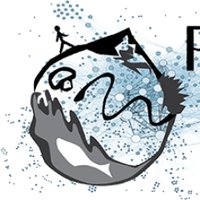Evolutionary emergence of alternative stable states in shallow lakes
This article has been Reviewed by the following groups
Listed in
- Evaluated articles (Peer Community in Ecology)
Abstract
Ecosystems under stress may respond abruptly and irreversibly through tipping points. Although mechanisms leading to alternative stable states are much studied, little is known about how such ecosystems could have emerged in the first place. We investigate whether evolution by natural selection along resource gradients leads to bistability, using shallow lakes as an example. There, tipping points occur between two alternative states dominated by either submersed or floating macrophytes depending on nutrient loading. We model the evolution of macrophyte depth in the lake, identify the conditions under which the ancestor population diversifies and investigate whether alternative stable states dominated by different macrophyte phenotypes occur. We find that eco‐evolutionary dynamics may lead to alternative stable states, but under restrictive conditions. Such dynamics require sufficient asymmetries in the acquisition of both light and nutrient. Our analysis suggests that competitive asymmetries along opposing resource gradients may allow bistability to emerge by natural selection.


